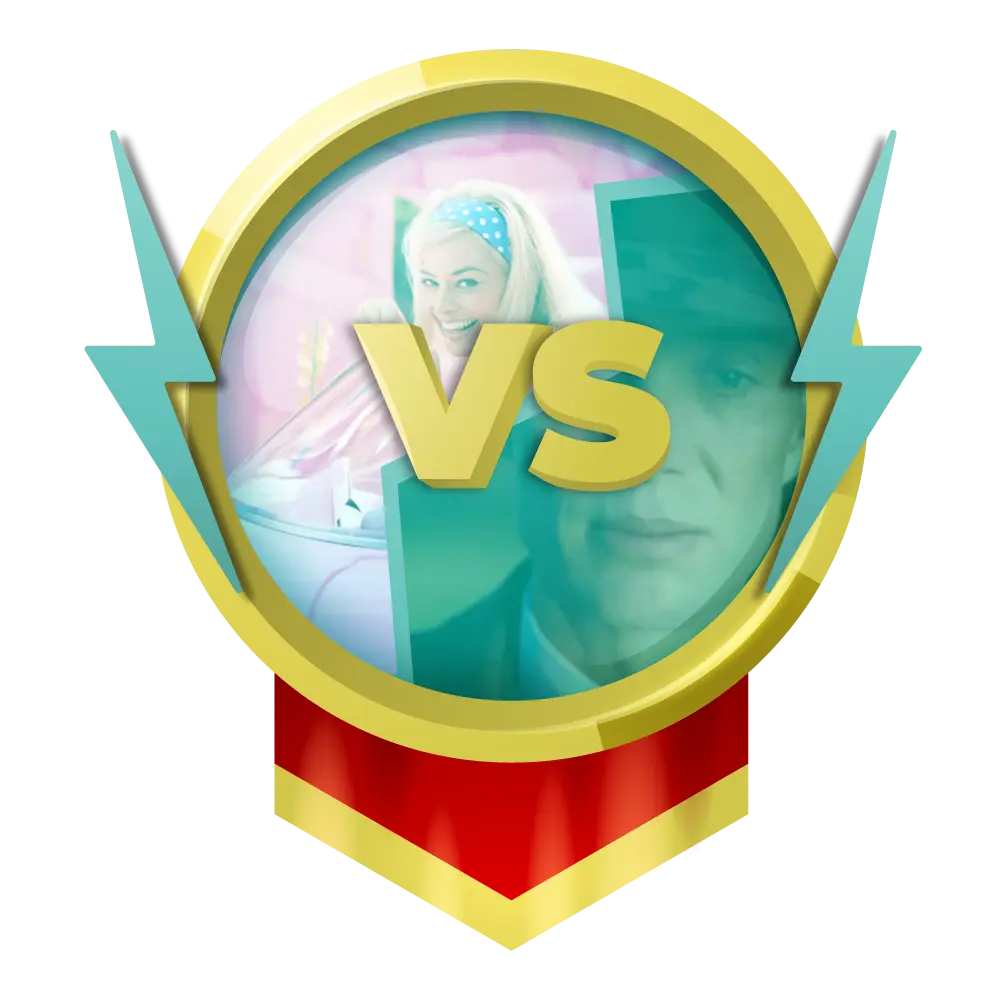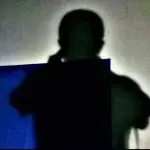Let's begin this article with the classic philosophical question: Is the world we perceive to be real? Some philosophers argue that reality is subjective and depends on our individual experiences, while others argue that there is an objective reality that exists independently of our perception of it.
From the scientific perspective, the world we perceive may not be entirely real. Our perceptions of the world are filtered through our sensory organs and interpreted by our brains, which construct a representation of reality based on limited information. This means that what we see, hear, feel, taste, and smell is not a direct representation of the external world, but rather our brain's interpretation of it.
The crux of the matter is that every individual, every living organism, has their own unique perception of the world. Those who are unwell may have distorted senses of smell and taste, whereas individuals with red-green color blindness see the world in a vastly different way from those without it. Bats are able to detect sounds beyond the range of human hearing, while tigers see the world in monochromatic shades of black and white, and mantis shrimp can see more than 16 different colors. Even time is relative, for flies, time is slowed down completely, and for humans, when we quickly slap a fly, it sees a giant object slowly approaching it, so in most cases, flies can react in time and escape.
Essentially, all perception is different electrical stimuli in the brain and could be entirely different from the real world. Does that mean the perception simulated by electrical stimuli is unreal? The world we perceive is unreal? When we dream, the world we perceive feels so real, doesn't it? Everything in our dreams happens in our minds, but we all know that what occurs in our dreams did not actually happen in reality. So where is the boundary between reality and virtuality?
Existenz, directed by David Cronenberg in 1999, reflects on this inquiry. While movies like "The Matrix" and "The Thirteenth Floor" explore virtual reality, and "Mulholland Drive" emphasizes dream analysis, "eXistenZ" combines these two themes together.
Existenz portrays a dystopian future society built around a virtual reality gaming industry. The movie follows Allegra Geller, a renowned game designer who creates a new game, "eXistenZ," that blurs the line between reality and virtual reality.

The defining characteristic of the film is its strangeness. While some viewers may find the film crude and nauseating, the abnormality is precisely what creates the surreal and dreamlike world. Everything from the weapons and computer components to the so-called biological components, creatures, and even the food is bizarre. The dialogue and character portrayals are equally strange.
The movie's plot centers around the idea that the game world created by Allegra Geller is so immersive that it becomes challenging to distinguish between the game and reality. Through the characters' experiences, the audience is shown how easily people can lose themselves in digital realities and forget their true selves.
Our understanding of the world is limited to our senses of hearing, vision, smell, taste, and touch. However, if these senses were entirely controlled, we could experience a simulated world that feels real but in fact, disconnected from the real world. We can experience sensations like hunger, pain, and exhaustion in this virtual world, creating a state that seems like a realistic dream. Without external stimuli from the physical world, we may remain in this virtual world indefinitely, until our death. However, our past experiences of reality allow us to distinguish between what is real and what is virtual. Although simple mechanistic materialism appears to offer a clear answer, discerning between the virtual and real worlds can be a profound problem. Does a boundary exist between these two worlds, and if so, what is it?
In the realm of imaginative stories, difficulties to discern between real and virtual do arise that are far from simple, and finding clear answers can be challenging. For instance, in the finale of The Matrix Reloaded, Neo engages in a lengthy and cryptic dialogue with the Matrix's architect. Challenging Neo's understanding, the architect reveals that everything - including Zion and Neo himself - is predestined as part of the Matrix's programming (with Neo being the sixth such iteration). The rebellion of Neo and Zion serves only to help the Matrix improve itself, which has undergone five prior upgrades. In light of this, one must ask whether the "real" world still exists and what it means to be human. Are we mere vessels for machine-created programs, or are we, in fact, the programs themselves? What defines reality and what qualifies as virtual? All these questions still lack definitive answers.

Without a proper narrative to fuel imagination and pondering, the blurred boundary between reality and virtuality could easily be dismissed as mere conjecture. But in cyberpunk literature, the majority of stories unfold in cyberspace or the digital world, where the line between what is real and what is virtual is indistinct. This genre frequently explores the direct connection between human cognition and machines, as demonstrated in "The Matrix," where individuals born into virtual reality are unable to discern it from actuality.
In “Existenz”, the characters, along with the audience, are tricked into thinking that the first level of stimulation is reality, only to discover they are still within the stimulation when attempting to leave. In the finale, it is disclosed by the director that the so-called “real world is also a virtual world. Subsequent to the demise of the male protagonist, viewers are taken to the real world where a group of individuals are engaging in the game. Interestingly, many perceived RPG characters are also players in the actual world, while the two leading characters, believed to be a bodyguard and a game designer, are actually collaborators. Although people may reason illogically during dreams, it is only upon awakening that they come to realize their genuine identities.
In “Existenz,” David Conanberg successfully instills a sense of "idea" that the film begins in the real world within the audience throughout the film, similar to the desire of the protagonist in Inception to implant ideas through dream infiltration. The opening scene of the film brings the audience to the first level of the game rather than reality, which is repeated to strengthen this idea every time the male and female protagonists return to their starting point. As the plot progresses, the director builds a deeper sense of reality around the first level of the game. This blurs the border between illusion and reality, as the audience becomes more immersed in the story.

"Inception" utilizes a straightforward approach to illustrate the concept of dreams to the general public. The "gyro problem," which questions why a gyro doesn't fall in a dream, is frequently debated. Why do we assume that a gyro would fall in reality but not in a dream? It's possible that the falling gyro is merely a reflection of our knowledge in a specific layer of dreams. But if the falling gyro is also a preconceived notion of a dream or virtual reality, then can we really believe that the world we live in is real? And when you are in a layer of the dream and believe that the spinning gyro will fall at a certain time, the only possible explanation is that you have no idea that you are in a dream. Lucid dreamers may have tried to wake up only to realize that they are still in a dream state, convinced that they have awoken and gone through their morning routine.
Have you heard of the "brain in a vat" hypothesis? That is: If you are currently reading and comprehending a book on a couch, does this necessary to be the true reality? Perhaps you are just a brain without a body, floating in a vat of nutrient solution, with electrodes attached to your brain, and a mad scientist is simulating every sensation you experience, making you believe that everything is genuine. The sensation of turning pages and reading is even simulated by electric currents. How can you distinguish between being a flesh-and-blood person reading a book or a "brain in a vat"? There is no clear answer. You could be living in the real world or a sensory universe, or even a world where scientists connected electrodes to your brain and gave you the same experience as when you were asleep. This idea of a self-contained reality raises questions about the nature of existence and whether or not our reality is entirely subjective.

If the perceptions simulated by stimuli are illusory, then the world which humans perceive is also illusory, isn't it? If we define this perception as completely virtual, then we have always inhabited a virtual world, ignorant of the true reality. This brings us back to the serious philosophical question of what the essence of the world is and what the meaning of life is.
However, the advancements in physics, specifically quantum mechanics, have made us conscious of the emptiness of the world's essence and how everything material only exists in its current state when observed by us. Our perception of reality has been pre-programmed by what we see, hear, and feel. The key lies in the fact that the programs in the brains of different species differ, and hence even the perceived world varies. If we had a "third eye" like the Buddha and beheld the true nature of the world, then the authentic world would be both vacuous and ever-changing. Even ourselves, our existence perhaps is both insignificant and unending.













































View replies 0